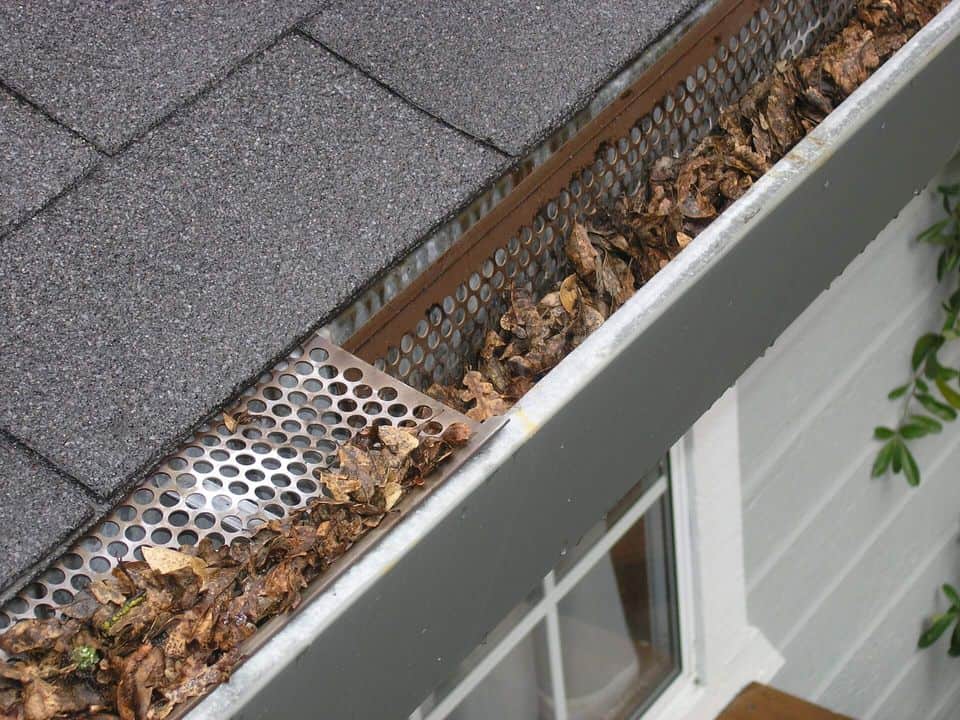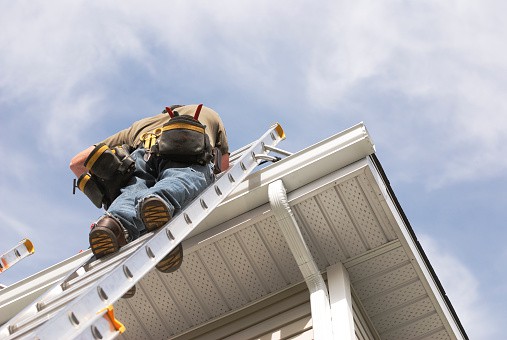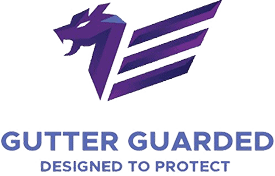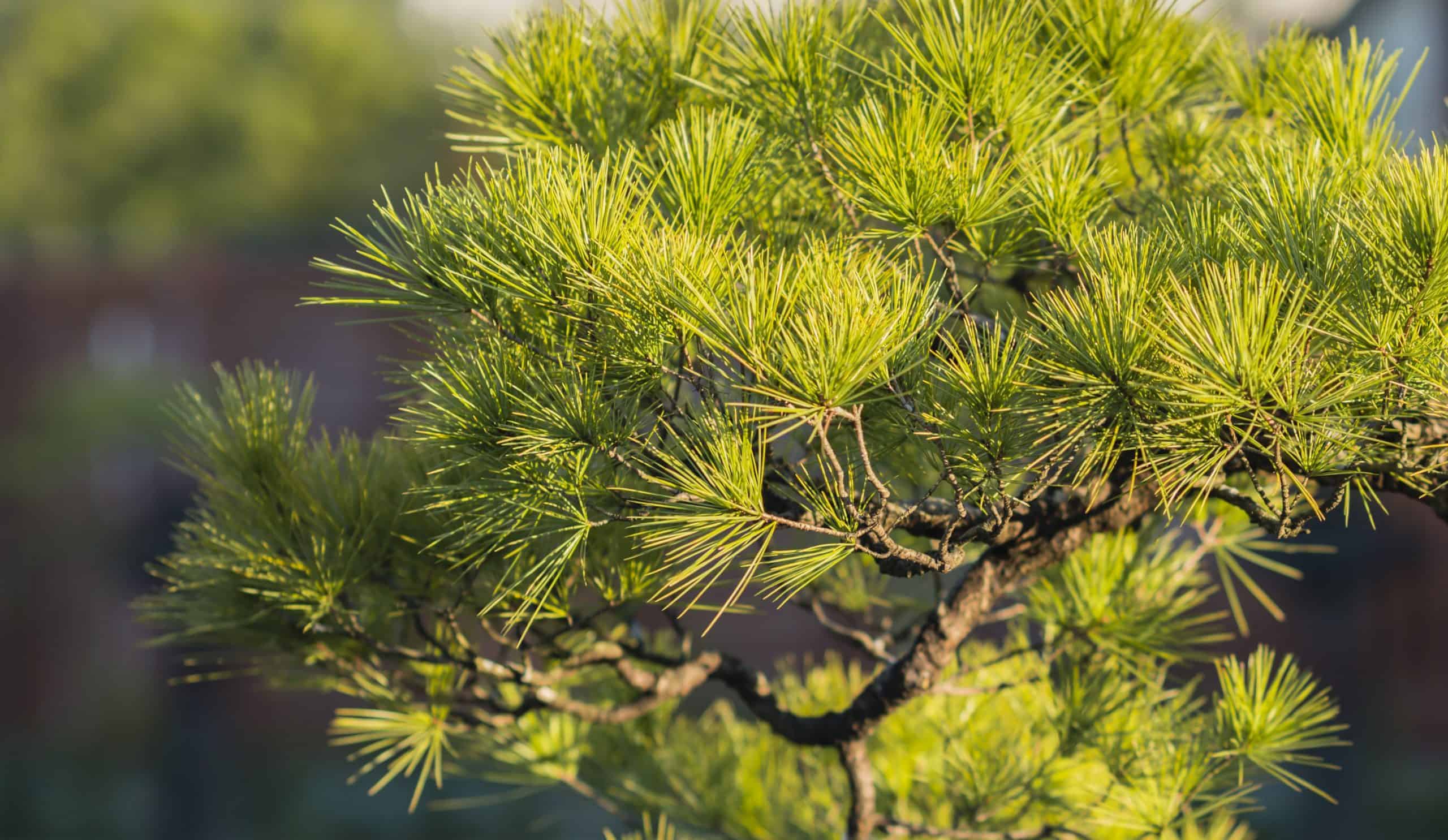Our Guide To Gutter Mesh Kits
Which gutter mesh do I need?
Whether aluminum or steel gutter mesh is most suitable for your home or business will depend on your specific needs. You’ll need to consider the kinds of trees and vegetation on and surrounding your property, whether your area is prone to snowfall and whether there’s high risk of a bushfire. Check the average rainfall in your city and whether your suburb is prone to certain pest infestations. Don’t hesitate to contact our friendly team for more information and to help you select the best gutter mesh for your property.
Do I need to install trim?
Yes, trim is necessary. The trim secures the mesh to the edge of your gutters and is crucial for ensuring that your gutters are fully covered and protected. All our DIY gutter guard installation kits include trim that can be matched to your existing Colorbond roof colour.
Are aluminium gutter guards bushfire compliant?
Ember guard compliant meshes must be 2mm in size. While the 4mm mesh is compliant for bushfire–prone areas, only the 2mm mesh will give you suitable protection from embers. If you want to be ember guide compliant, you’ll need to choose the 2mm steel mesh.

Do I need to clean my gutters after installing gutter guards?
Your gutter guards will do most of the hard work for you. They’ll help prevent blockages, flooding and damage to your gutters, roof, home or business.
Installing gutter mesh will greatly reduce the number of times that you’ll need to inspect your gutters, but they may occasionally require cleaning.
All you need to do is monitor the general condition of your gutter guards over time. If there's been extreme weather, make sure to check your gutters for any damage or small debris that may have fallen through the 4mm holes.
Can I install a gutter guard kit myself?
Yes, you can. Our DIY gutter guard kits are easy to install and include all the parts that you’ll need for your specific roof. Read our definitive guide to installing gutter guards for step by step instructions. Or if you don't want to DIY, consider hiring the services of an experienced roofing or guttering company in your area to do the job for you.
Do I need to clean my gutters before installing the gutter mesh kit?
We strongly recommend that you do. Clear away any debris before installing your gutter guards – including leaves, gumnuts and sticks. This can be a daunting task so consider hiring the services of professional gutter cleaners. Read our DIY guide to gutter guard installation for more information.
How do I install gutter guards on corrugated, tiled or TRIMDEK roofs?
There will be a different installation process depending on the material your DIY gutter mesh kits will be attached to. For advice and tips on how to best install gutter mesh on different roof types, refer to our installation guides:
How do I safely install gutter guards?
Pick a day with good weather conditions to install your gutter mesh to avoid working in wet, windy, or icy conditions. Always check your ladder for signs of rot, damaged rungs, or worn feet, before planting it on a flat surface and climbing.
Wear protective glasses and gloves when removing wet piles of debris from your gutters and don’t work around pets or children. Read how installing gutter mesh minimises risk to your safety.

Can I still harvest water?
Yes, you can still collect safe water after your gutter guards are installed. Your gutter mesh will provide superior protection for your gutters, ensuring that no debris, pests or rubbish can enter your rain harvesting system. They will act as a filter that harvests cleaner water while also preventing your gutters from flooding. Read how gutter guards protect you from water contamination.

Do I have a corrugated or Trimdek roof?
When you purchase your DIY gutter mesh kit, you’ll need to know what type of roof you have.
To easily tell the difference, corrugated roofs featured rounded and wavy panels (left), while roofs with steel Trimdek have prominent trapezoidal ribs (right).

